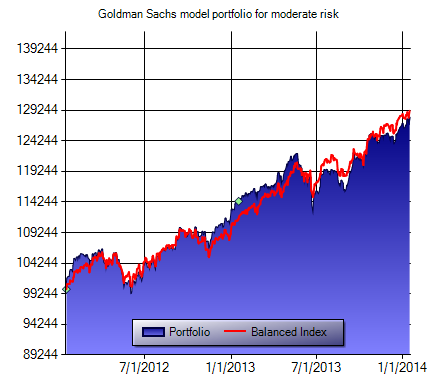I always like to study different asset allocation types and I thought readers might find this model portfolio from Goldman Sachs somewhat interesting:
Asset class Percent of portfolio Investment grade fixed income (US muni bonds) 30 Other fixed income (U.S. high yield munis, EM local debt) 6.5 Public equity (US large cap value and growth, non-US developed, others) 36.5 Hedge funds (event driven, equity long/short, tactical trading) 7 Private equity/debt (buyout, energy, EM, others) 14 Real estate (Global REITs, private RE) 6 Total 100 Goldman Sachs Investment Management Division
Mr. Roche is the Founder and Chief Investment Officer of Discipline Funds.Discipline Funds is a low fee financial advisory firm with a focus on helping people be more disciplined with their finances.
He is also the author of Pragmatic Capitalism: What Every Investor Needs to Understand About Money and Finance, Understanding the Modern Monetary System and Understanding Modern Portfolio Construction.



Comments are closed.